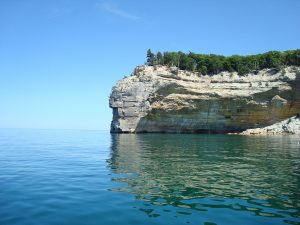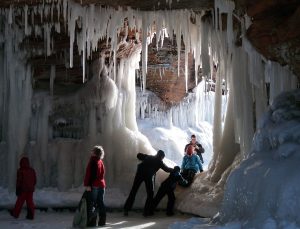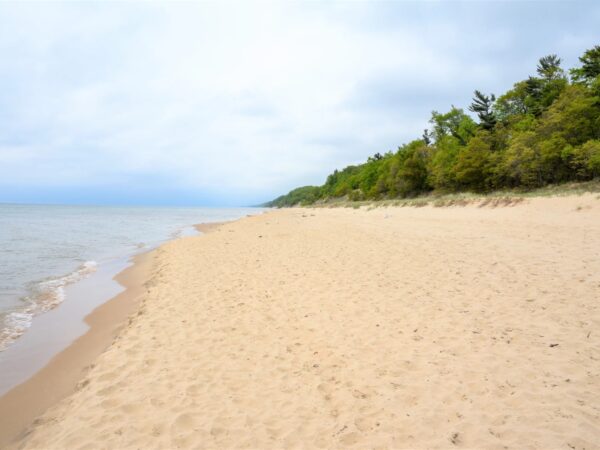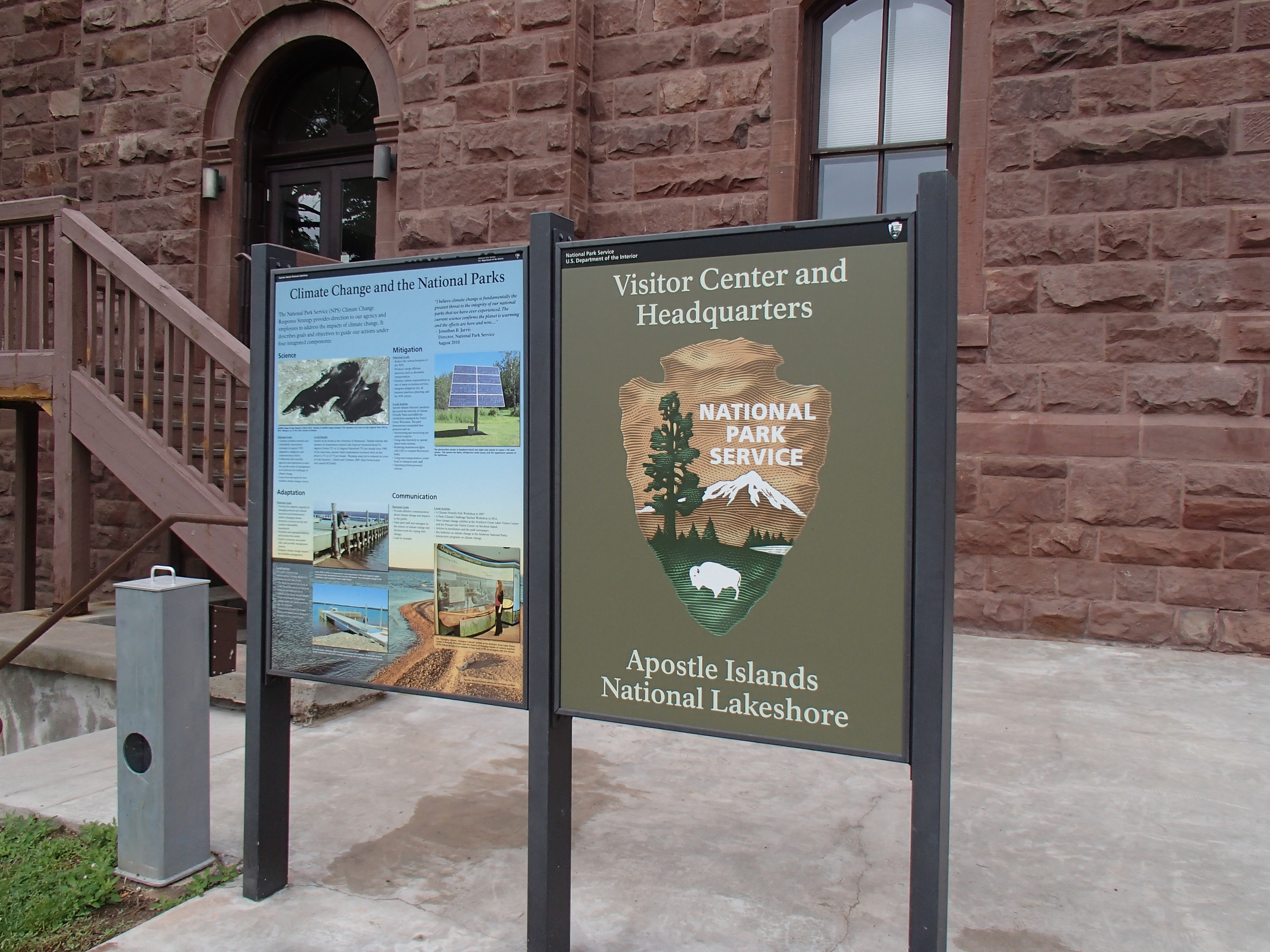
Park rangers scrambling to make room for visitors
You know those “Pure Michigan” ads? With the soft guitar strumming overlaid by actor Tim Allen’s blue-collar voice? Some Michigan residents make fun of them and say they’re cheesy.
But it turns out they might be doing their job of drawing more people to enjoy Michigan as well as other Great Lakes States.
“The Pure Michigan tourism campaign has definitely done a lot for us,” said Susan Reece, chief of interpretation for Pictured Rocks National Lakeshore.
Located in Munising along Lake Superior, Pictured Rocks is the crown jewel of northern Michigan’s lakeshore. The site experienced record attendance in 2016, then again in 2017. Last year, the park posted its highest visitation ever, totaling 781,190 people. Four years ago, that number was just 527,897.
National Park growth isn’t a Pictured Rocks anomaly however. It’s not even a Michigan anomaly.
Visitation to parks around the Great Lakes basin is growing, and not just because of the “Your Trip Starts Here” slogan.
“A surge of selfies”
“Pictured Rocks had national exposure,” said Ingrid Schneider, a professor in the Department of Forest Resources at the University of Minnesota. “(The) Pure Michigan campaign added to the awareness in particular. But visitors themselves are doing or sharing; influencing other decisions.”
Schneider said the “surge of selfies” and “nature-based tourists” are increasing awareness for national parks. Social media’s far-reaching influence is becoming more evident, with anecdotes from park attendants acting as testaments to that influence.
When the polar vortex froze the Midwest in the 2013-2014 winter, the low temperatures blessed northern Wisconsin’s Ashland County with scenic ice caves, and a photo of the rarity went viral.
“What’s really powerful is to see images,” said Julie Van Stappen, chief of resource management at Apostle Islands National Lakeshore. “More than 140,000 people (came) just for the ice caves.”
Total visitation for the park in 2013 was 148,556 people. In 2014, that number ballooned to 290,059 people. Cold weather attendance spiked. Frequent reports of congestion near the ice caves were tallied. Even the neighboring city of Bayfield, a northern Wisconsin city located on the state’s peninsula, saw its economy swing up.
Blessings and curses
However, the spike has placed park rangers in a curious position. A lack of available parking, increased foot traffic and not enough campgrounds and other facilities have forced forest managers to update their backcountry management plans to fit the shifts their parks are experiencing.
“It’s partly from visitation, but also just a necessity,” Van Stappen said. “There’s been changing visitor use as well. It’s more common for families to take cruises. People tend to go for a shorter period of time. There’s also been crowding on Myers Beach.”
Most of the Apostle Islands remain separate from the overcrowding. But Myers Beach, part of a 13-mile-stretch of the mainland that receives more visitors every year, will be receiving a makeover in the coming years. Improved infrastructure and increased parking will cater to more visitors.
In Schneider’s two-year survey done on visitation to Pictured Rocks, her findings pointed toward a robust park with visitors open to new management ideas. She said the study’s observations noted that really high attendance only happened episodically.
“There were episodes where cars are parking on roads on the way to the parking lot, which can be unsafe,” she said. “The rest of the time, there were ebbs and flows with the sun and the time of the day, so that’s what we were expecting.”
Even so, Susan Reece said it’s not just the growing numbers of people taking day trips to the park. Backcountry camping is growing in popularity, with most sites full at the end of each night. This has led to people hiking “in the shoulder seasons or off season completely.” She says there are more kayakers and cruises that showcase the cliffs as well.
An increased need for septic systems upkeep
However, she said it’s too soon to tell if the increased traffic will lead to environmental degradation. So far, the only problems that have revealed themselves are an increased need for septic systems upkeep.
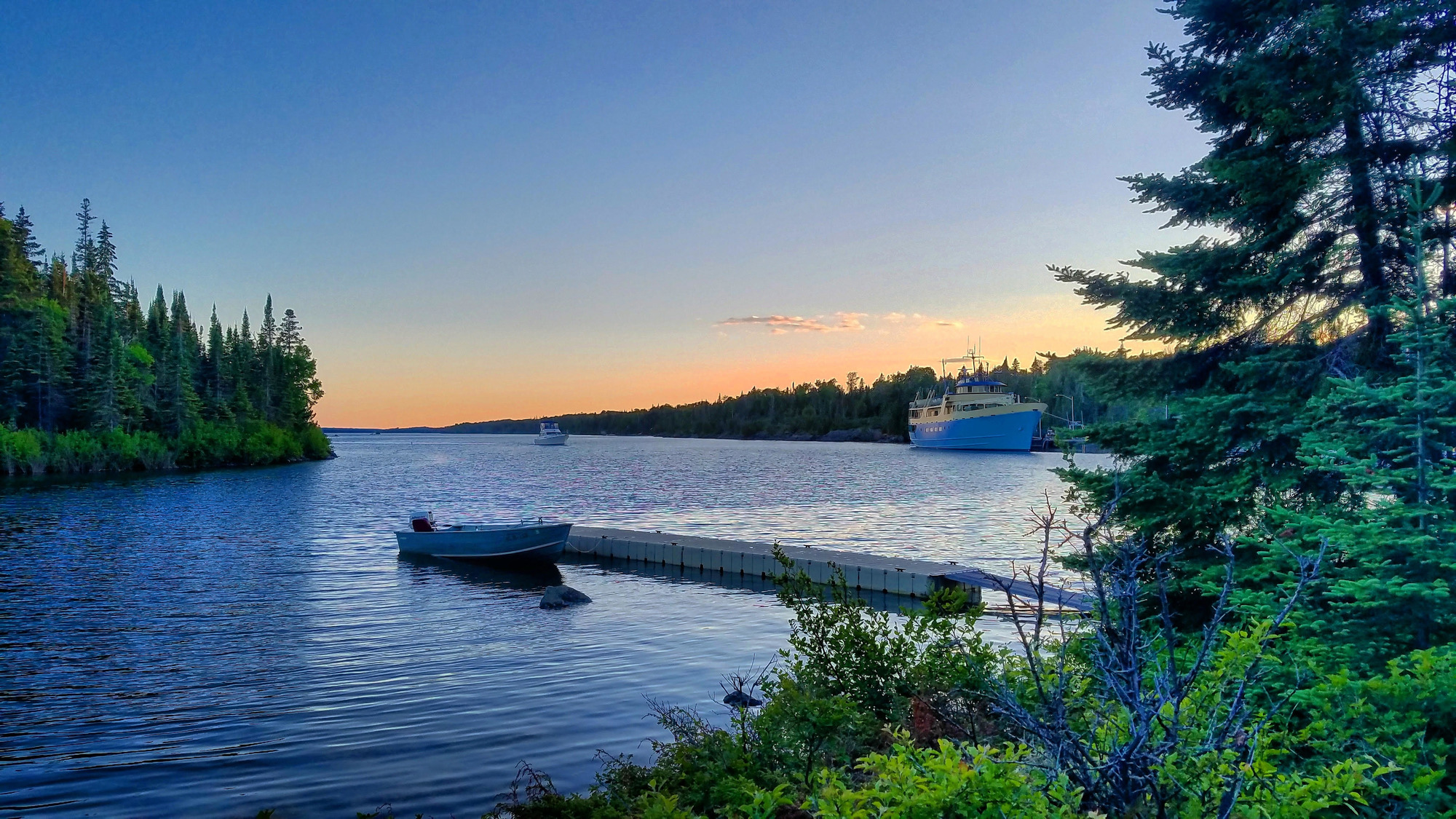
An image taken from Rock Harbor at Isle Royale National Park shows the Ranger III at the dock during sunset. (Photo Credit: Michael Palko via National Park Service)
This same surge in visitors has mimed some of the Great Lakes more isolated parks too, even if they aren’t accessible by car. For instance, more than 28,000 people came to Isle Royale, Michigan’s northernmost park on Lake Superior in 2017, up from 18,000 in 2015.
“We are in the process of working on a wilderness stewardship program,” said Liz Valencia, the manager of interpretation of culture resources at the island park. “We’re also thinking ‘do we want to add more campgrounds?’”
Despite being one of the least-visited parks, Isle Royale boasts a high return rate among its visitors, but that spike in visitation hasn’t led to a spike in trash or degradation. Valencia said the island’s campers stand by their “leave no trace” policy. She says any trash she’s seen on the island has only been as big as the corner of a granola bar wrapper.


